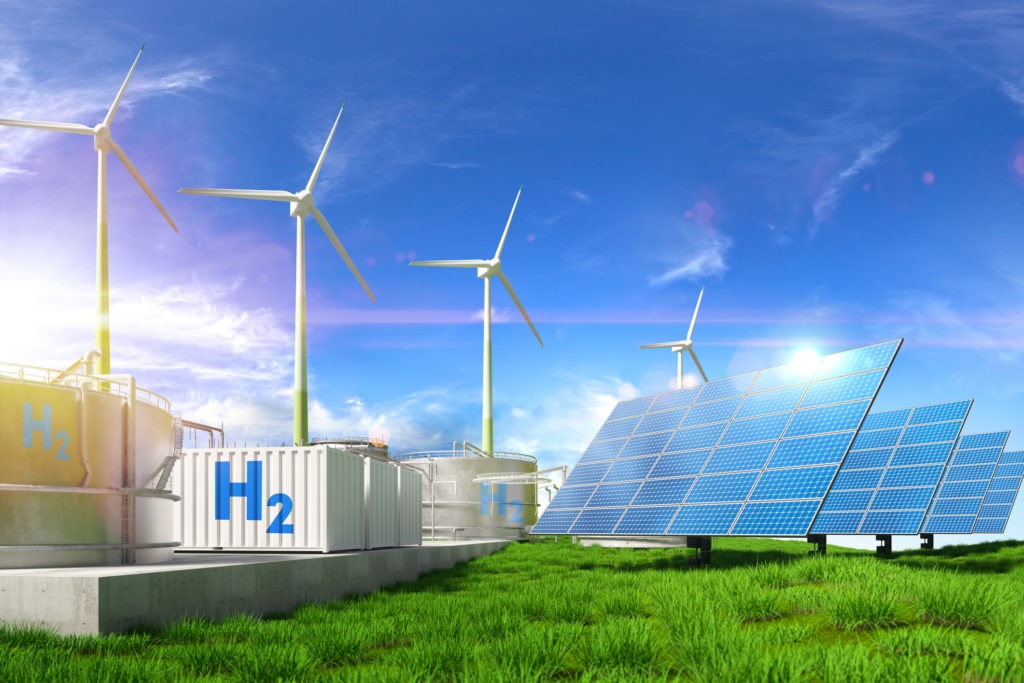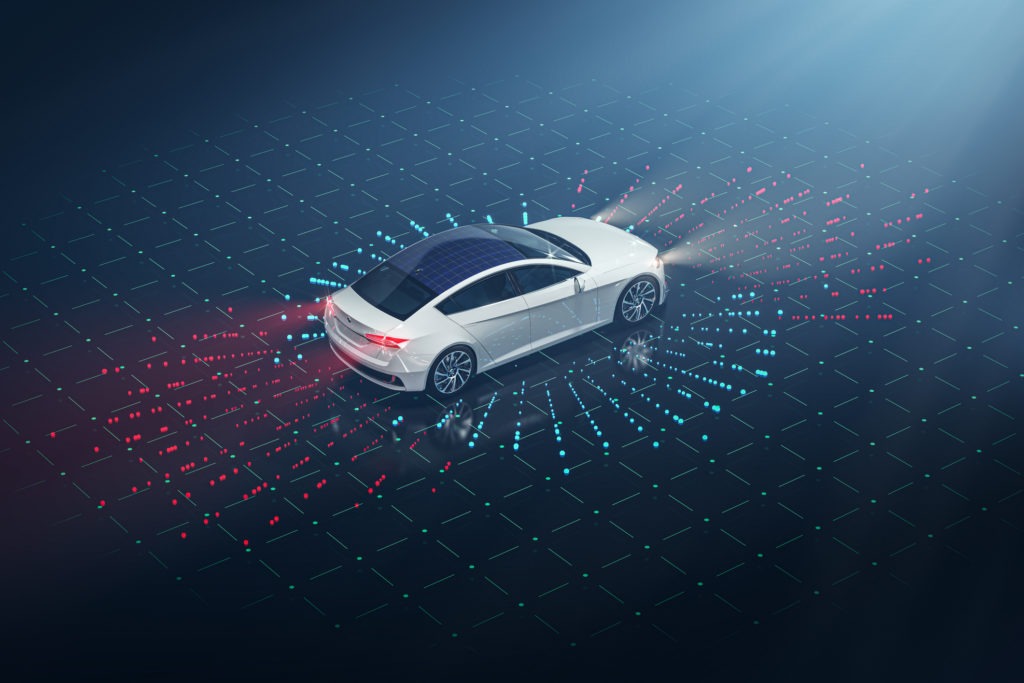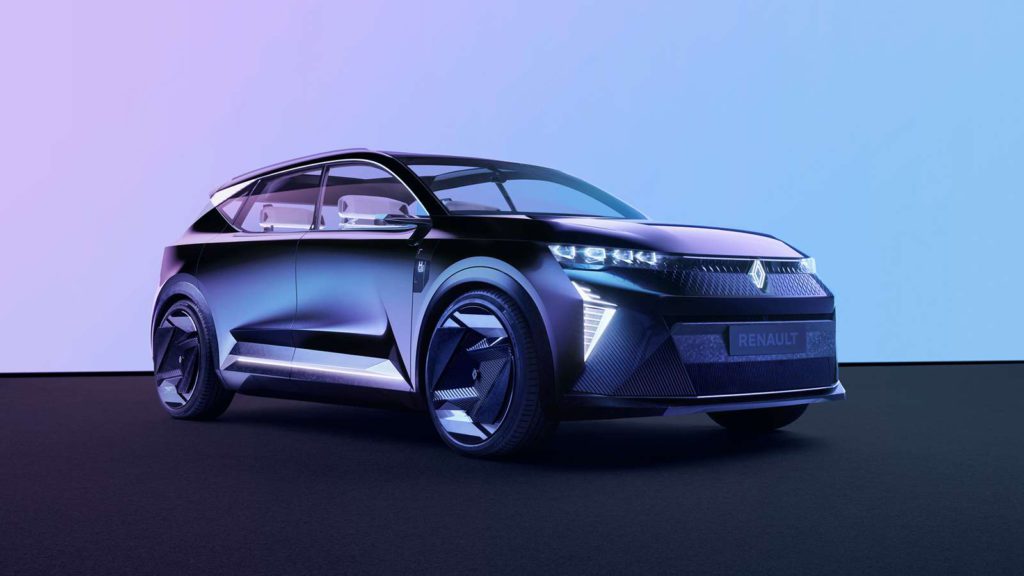Roadmap drawn up for global green-hydrogen exchange
02 July 2022

A group of German-based companies, alongside Australia’s Fortescue Future Industries (FFI), have outlined a set of recommendations designed to meet the ambitious target of moving large quantities of green hydrogen from Australia to Germany.
Created earlier this year, the green hydrogen taskforce is a collaborative effort between FFI, and a host of German energy companies. This includes Covestro, E.On, Linde, Luthardt, SAP, Schaeffler, Thyssenkrupp Nucera and Thyssenkrupp Uhde.
With numerous countries across the EU looking to phase out internal-combustion engines (ICE), carmakers and policymakers have broadened their focus out across electric vehicles (EVs) and are looking towards hydrogen as a viable energy source.
Earlier this year, Bosch announced plans to develop electrolysers for green-hydrogen production, as well as sharing its hydrogen expertise regarding hydrogen refuelling-infrastructure technology. Hyundai and Italian transport vehicle maker Iveco Group signed a memorandum of understanding (MoU) to develop a range of automotive technologies, including hydrogen power.
Meanwhile, BMW has underlined its commitment to exploring hydrogen powertrains in its vehicles, and Renault unveiled its Scenic Vision concept-car which features a hybrid-mobility system, using both electric and hydrogen, to offer zero-carbon travel.
Hydrogen-powered mobility is in its relative infancy, however, recent infrastructure developments across the world have increased the need to obtain access to the fuel. Earlier this year it was announced that in 2021, a record number of hydrogen-refuelling stations opened around the world, equating to 33 countries where hydrogen refuelling is possible.
As this figure grows and different types of vehicles switch to hydrogen, the roadmap will help the EU capitalise on short-term opportunities across increasingly volatile global energy markets. This will potentially safeguard energy security while achieving ongoing decarbonisation objectives.
Motivating factors for the green-hydrogen roadmap include addressing the impact of climate change. FFI cites a UN IPCC report, which recommends reducing fossil-fuel production to keep temperature increases under 1.5 degrees, and halting the worst impacts of global warming as a motivating factor.
Additionally, the war in Ukraine has influenced the creation of the roadmap by creating a ‘new reality’ that must be addressed through an accelerated energy transition. The whitepaper highlights the development of a green-hydrogen economy, helping to decarbonise as well as diversify energy supply.
FFI and energy providers E.On, recently announced a partnership with the goal to supply five million tonnes of green hydrogen a year by 2030 – the equivalent of one third of the calorific energy of natural gas that Germany imports from Russia.
According to the report, by 2030, the price of carbon will likely reach a sufficient threshold for imported green hydrogen to be competitive with fossil fuels, negating the need for any further subsidies. The EU states that demand for hydrogen is set to rise to around 10 million metric tonnes a year by 2030.
‘The envisaged hydrogen partnership between Germany and Australia is a vital step to foster clean energy in Germany,’ commented Uwe Wagner, CTO of Schaeffler. ‘To turn this goal into reality, quick industrialisation of electrolysis and other hydrogen technologies will be crucial. We stand ready to speed up the energy transition with the supply of high-quality components for the large-scale production of electrolysers.’
What is green hydrogen?
Green hydrogen uses only renewable energy, such as solar or wind power in its production phase. This means that almost no CO2 emissions are produced, and this is key to the future of hydrogen production as other variants are not as sustainable.
Grey hydrogen is currently the most widely used form of the fuel and uses natural gas or methane without trapping resultant greenhouse gasses. Blue hydrogen uses mainly natural gas, but does trap the resultant CO2. Meanwhile, brown hydrogen uses fossil fuels, and is the most environmentally damaging version.
The white paper states that green ammonia is a key route for green hydrogen to be supplied to EU markets. Existing infrastructure can be leveraged and expanded, and safe handling of ammonia is well established.
‘If structured appropriately, an accelerated uptake of green hydrogen also by means of green ammonia can be a powerful economic growth driver for Germany,’ stated Dr Andrew Forrest, chairman of FFI. ‘Our white paper estimates that for every €1 spent as a support mechanism by Government for green hydrogen, €10 is unlocked in private investment.’
Once common standards and robust financial mechanisms are in place, stakeholders across the green-hydrogen value chain can agree on contracts and ensure production, transport, storage, and conversion facilities are ramped up at the scale required to meet deployment targets.



